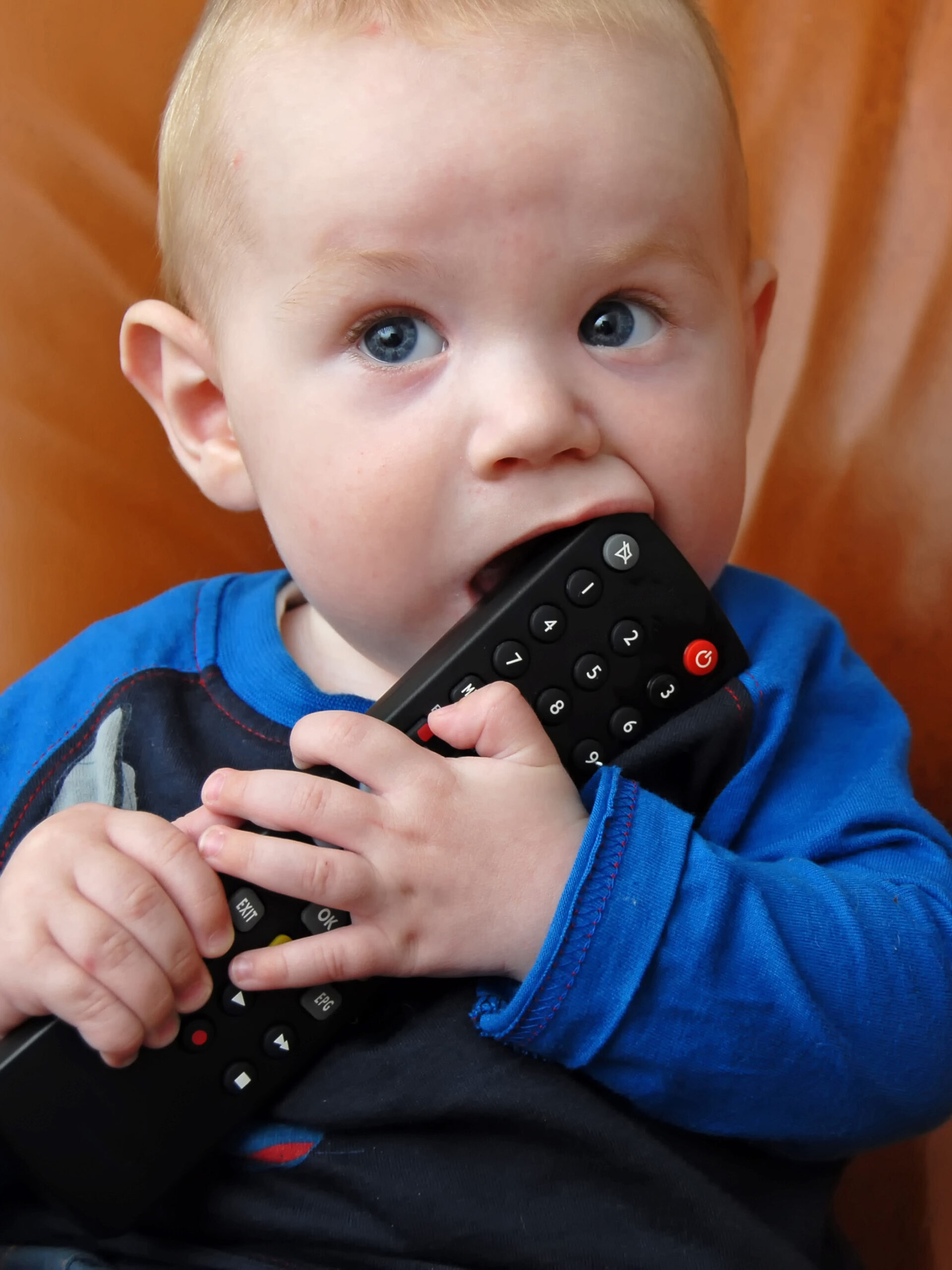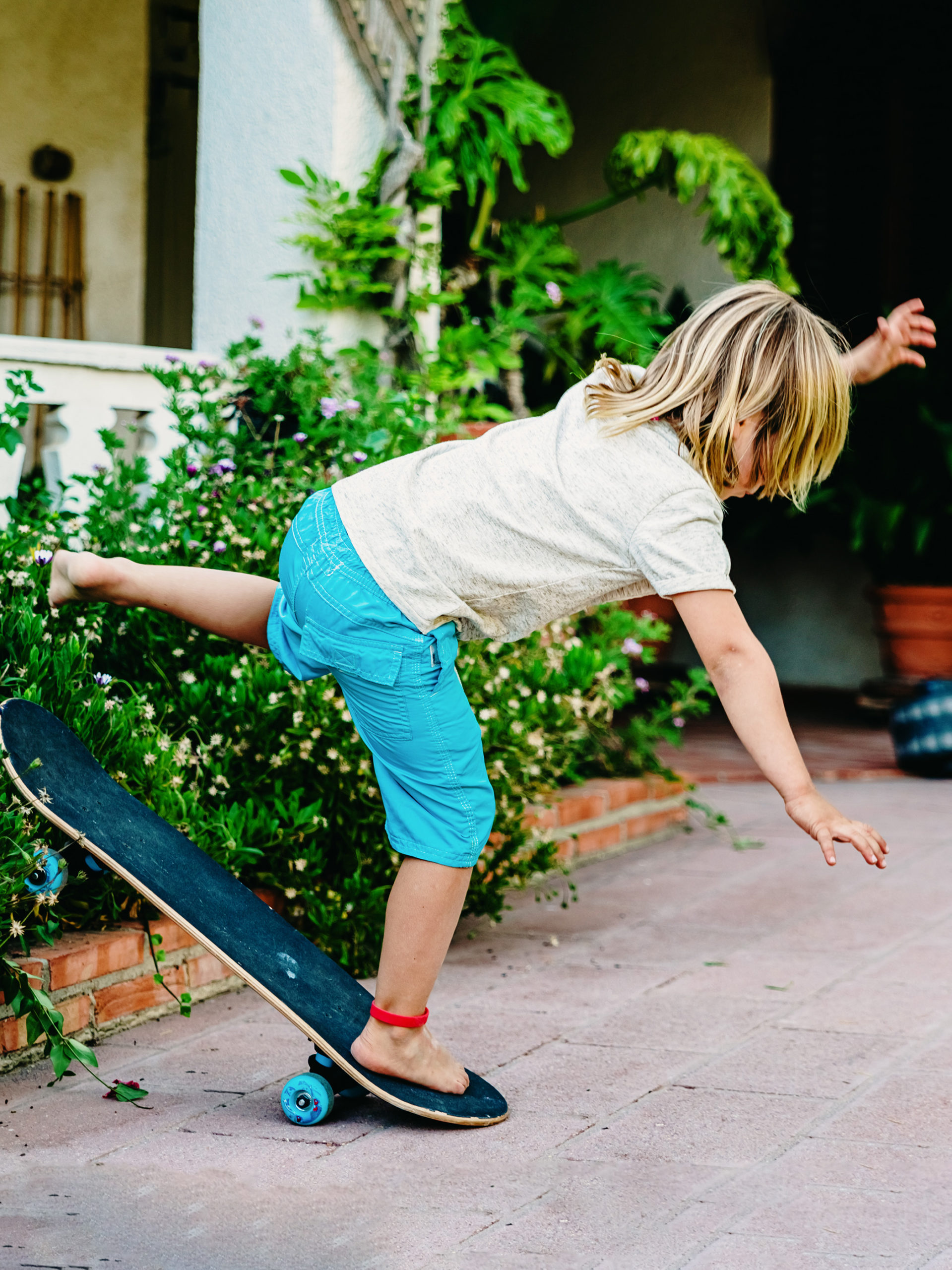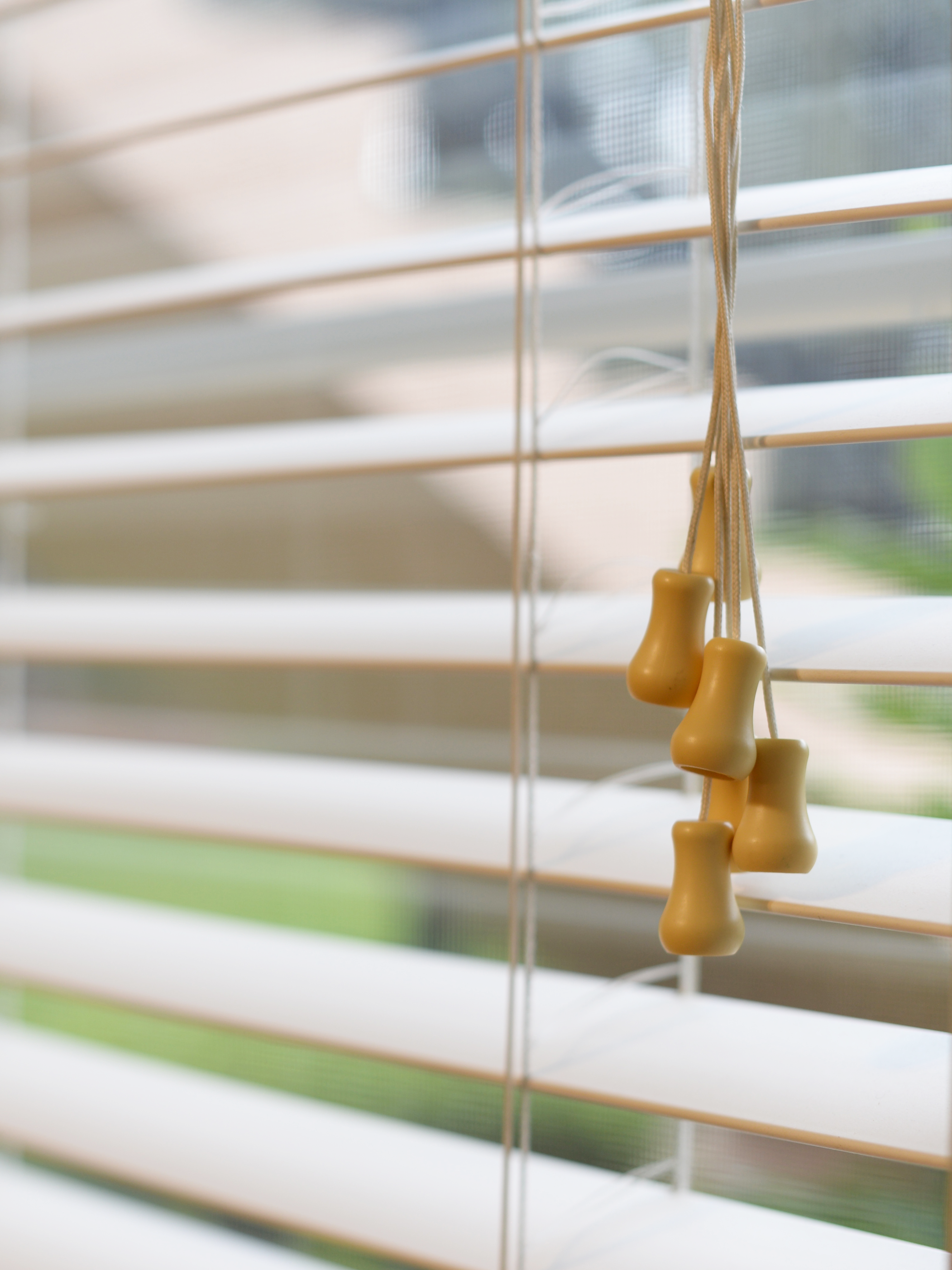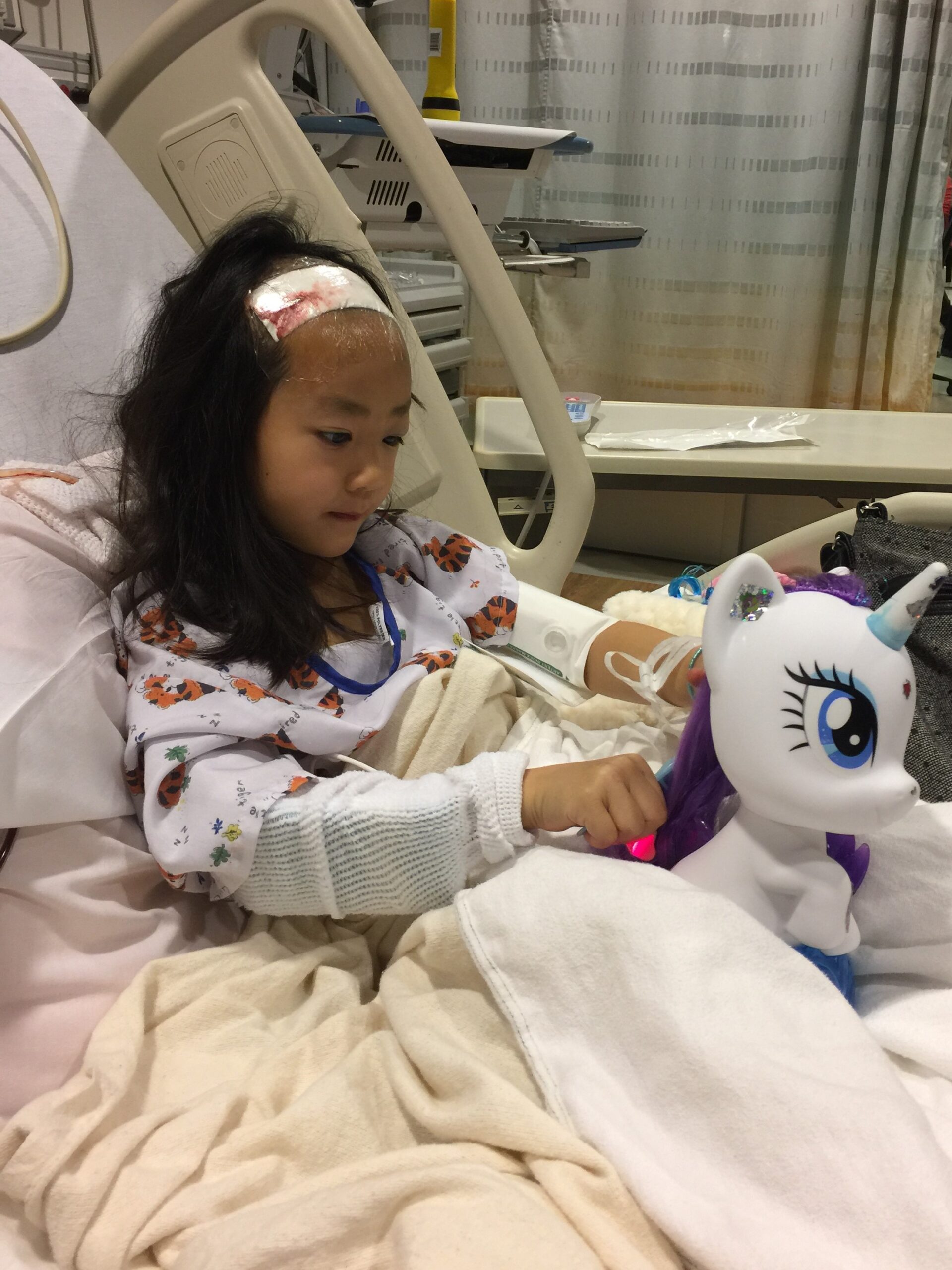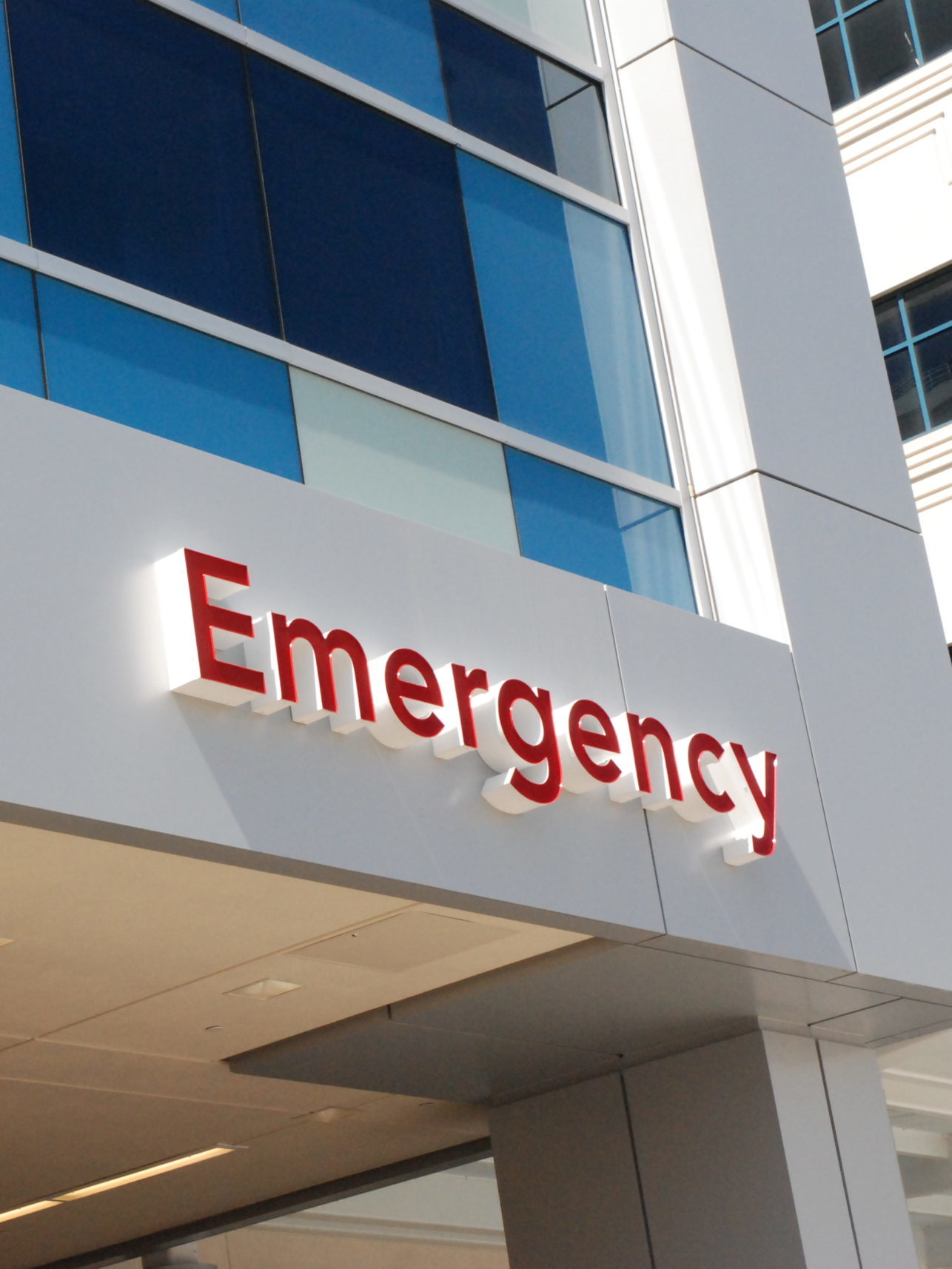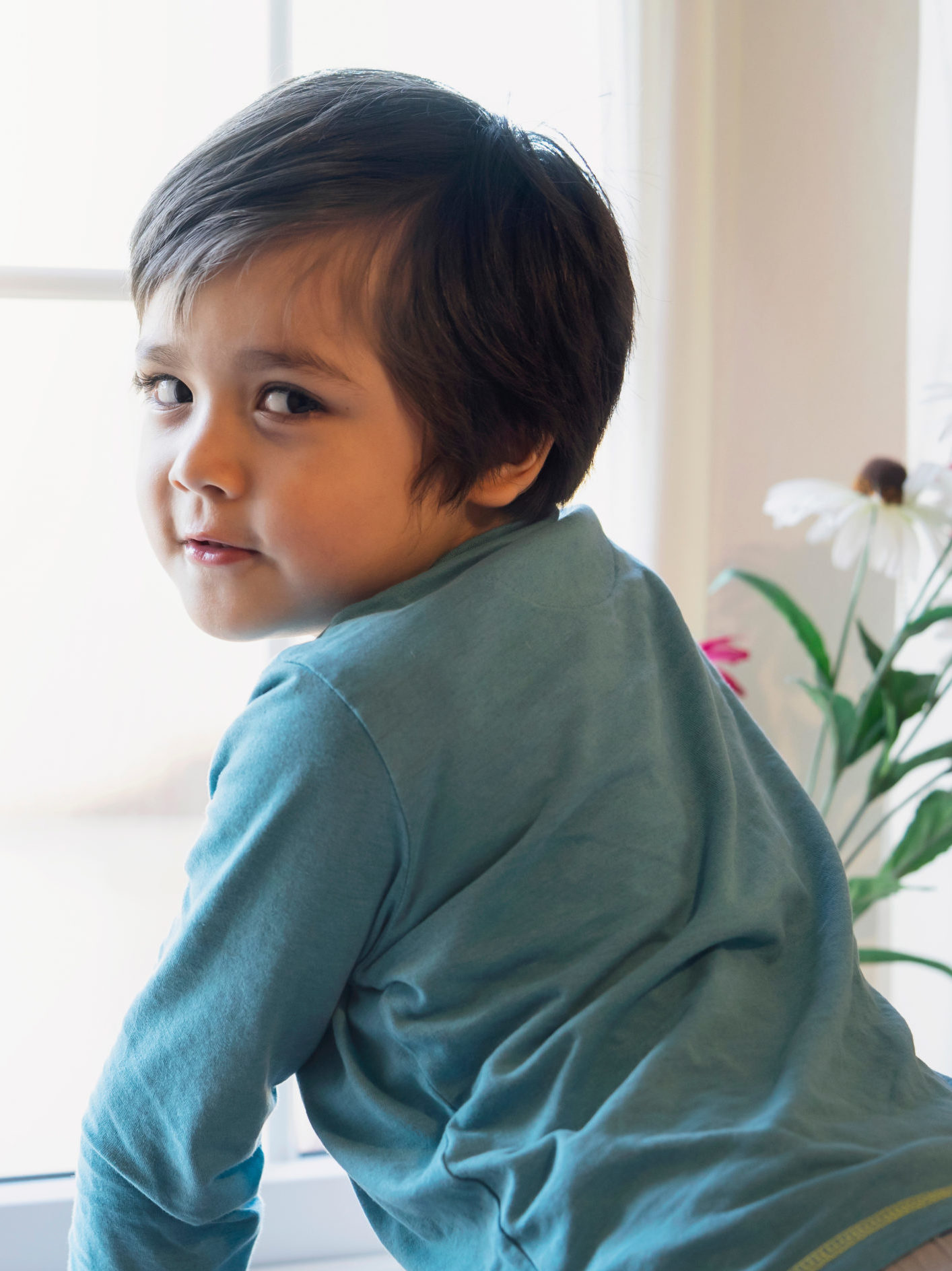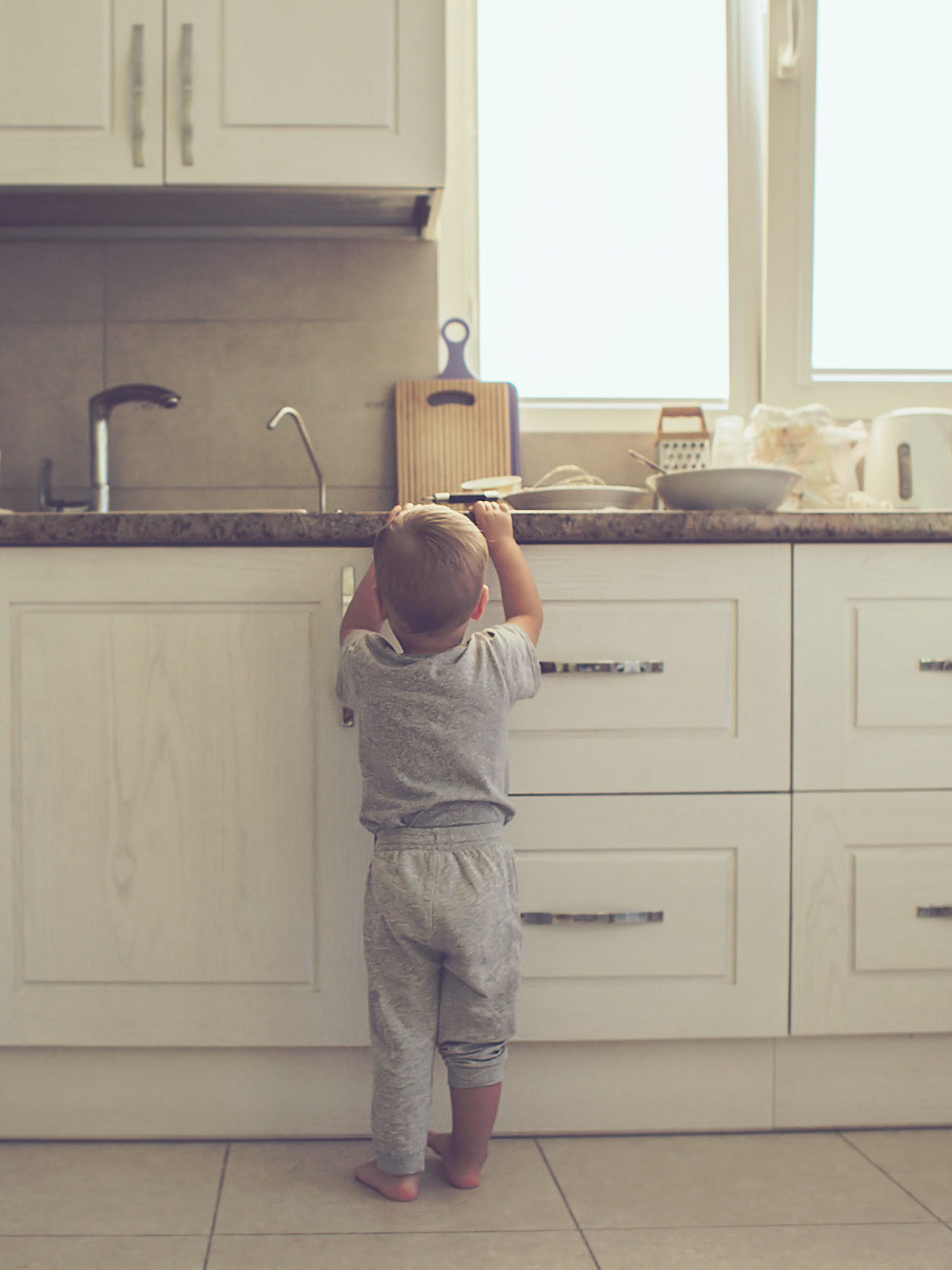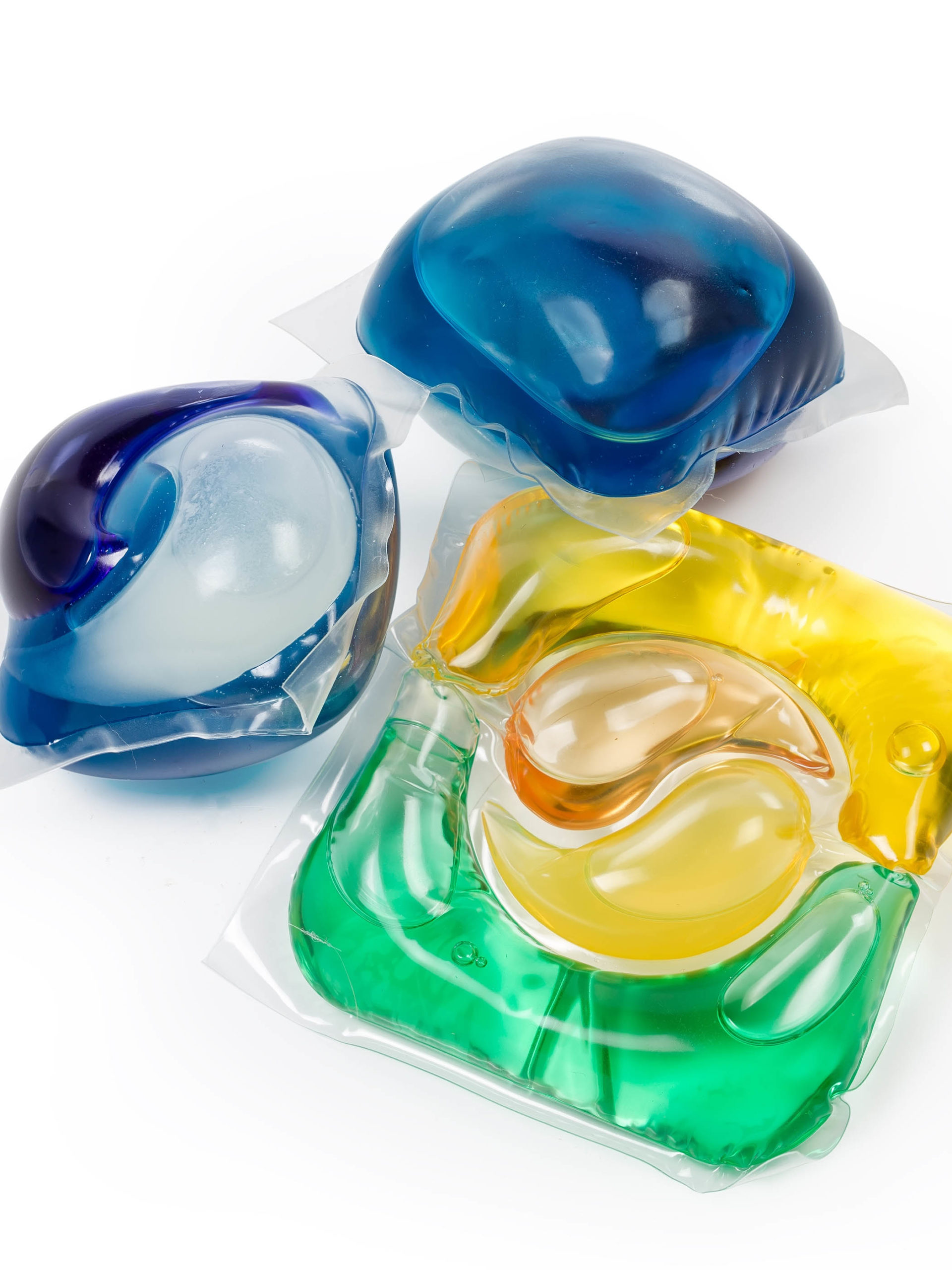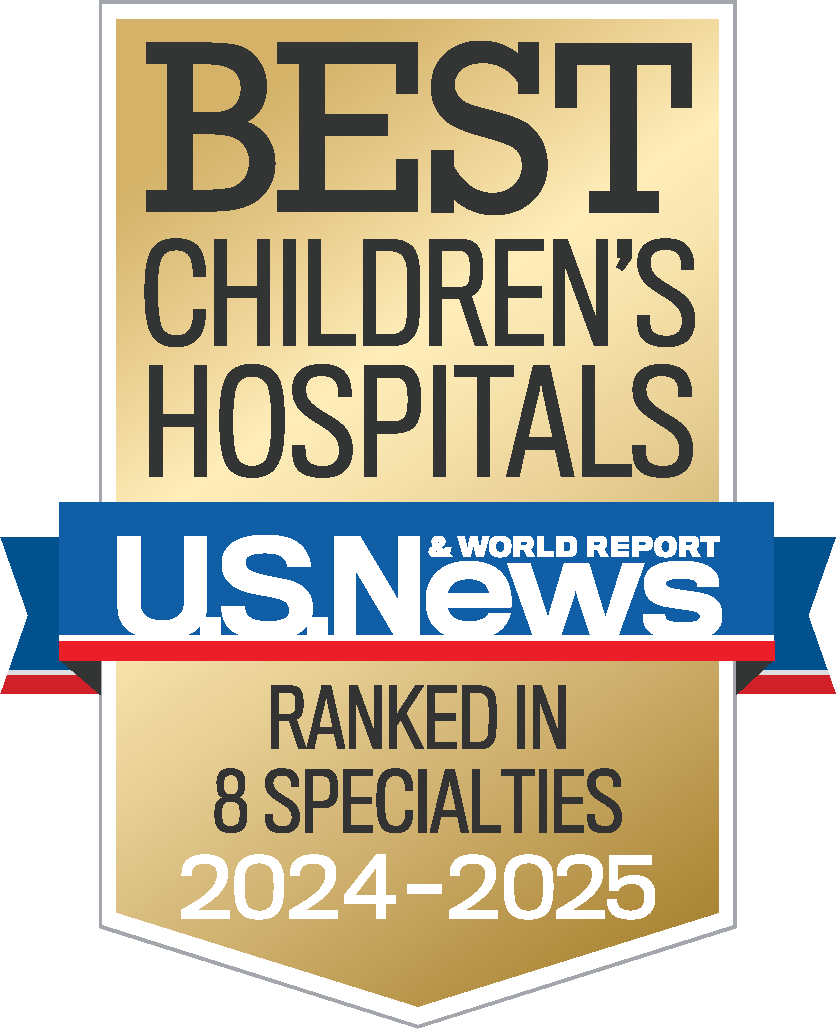SAFETY GUIDE
Home and Window Safety
Every year, unintentional window falls send thousands of children ages 5 and younger to emergency departments nationwide. At CHOC, we are determined to partner with parents to prevent unintentional injury. Window falls can cause significant injury, so that’s why our experts have dedicated resources to help protect your kids and keep them safe while inside at home.
Safety Programs and Partners
Safe Kids Orange County
www.safekids.org
OC Injury Prevention Coalition
OC Drowning Prevention Task Force
drowningprevention.org
Stop the Bleed
stopthebleed.org
Window Safety Overview
Window screens are no match for even a young child’s weight, and small kids can squeeze through openings as narrow as 4 inches. Any window higher than 6 feet from the ground poses a risk for serious, even fatal injury.
How to keep kids safe from window falls
- Lock them down— Install removable window locks or guards to limit a window’s opening to no more than 4 inches. Be sure the device can be removed quickly by adults in an emergency. Keep windows locked when not in use.
- Open windows strategically – If your home has double-hung windows, which open from both the top and bottom, open just the top to prevent falls.
- Practice vigilance – If you open windows to let in fresh air, be mindful of closing and locking windows before you leave the room.
- Position furniture carefully – Keep beds, bookcases, chairs, play chests and other furniture away from windows so your child isn’t tempted to climb.
- Supervise, supervise, supervise – As with all injury prevention efforts, keeping an eye on kids is critical. As children grow, their abilities, strength, dexterity and curiosity grow too – and they may be able to outsmart your best-laid safety plans.
If your child does fall out of a window, call 911 and avoid moving your child. A traumatic injury to the head, neck or spine may not be immediately obvious.
How to prevent accidental window cord strangulation
Window coverings and hanging cords can pose serious risks, especially for young kids, so it’s essential to make some adjustments:
- Keep cords out of reach: Ensure that cords and strings from window blinds are inaccessible to children.
- Remove dangling cords: Wind up or cut cords to eliminate loops that could be hazardous.
- Install cord stops or cleats: Use these tools properly and place them high and out of reach.
- Rearrange furniture: Move cribs, beds, and toys away from windows and cords.
- Consider cordless options: Opt for cordless blinds for a safer choice when buying new window coverings.

How to Prevent Window Falls
Print these tip sheets for quick and easy reference. Brought to you by the pediatric experts at CHOC.
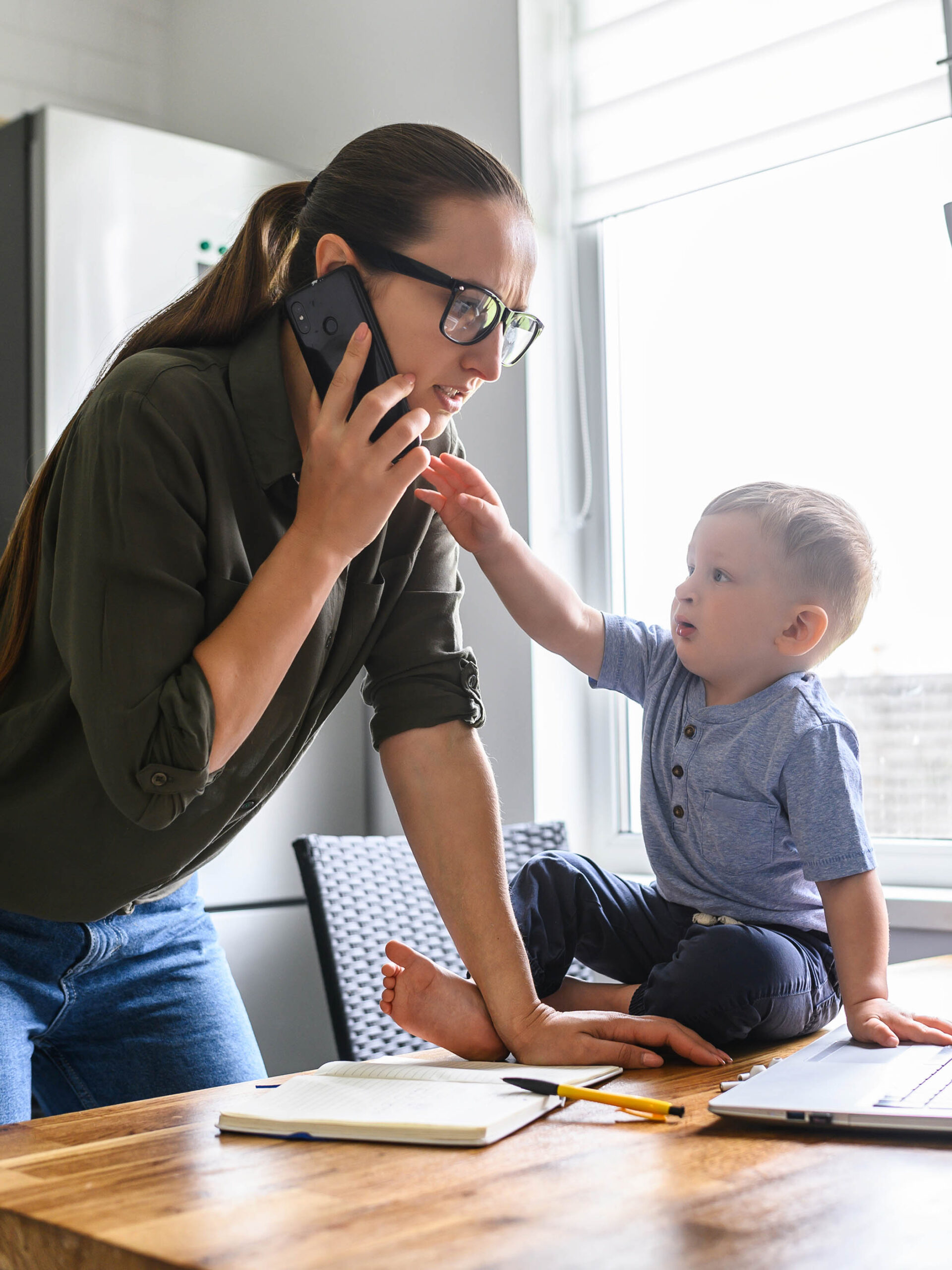
Safety Information on Window Falls
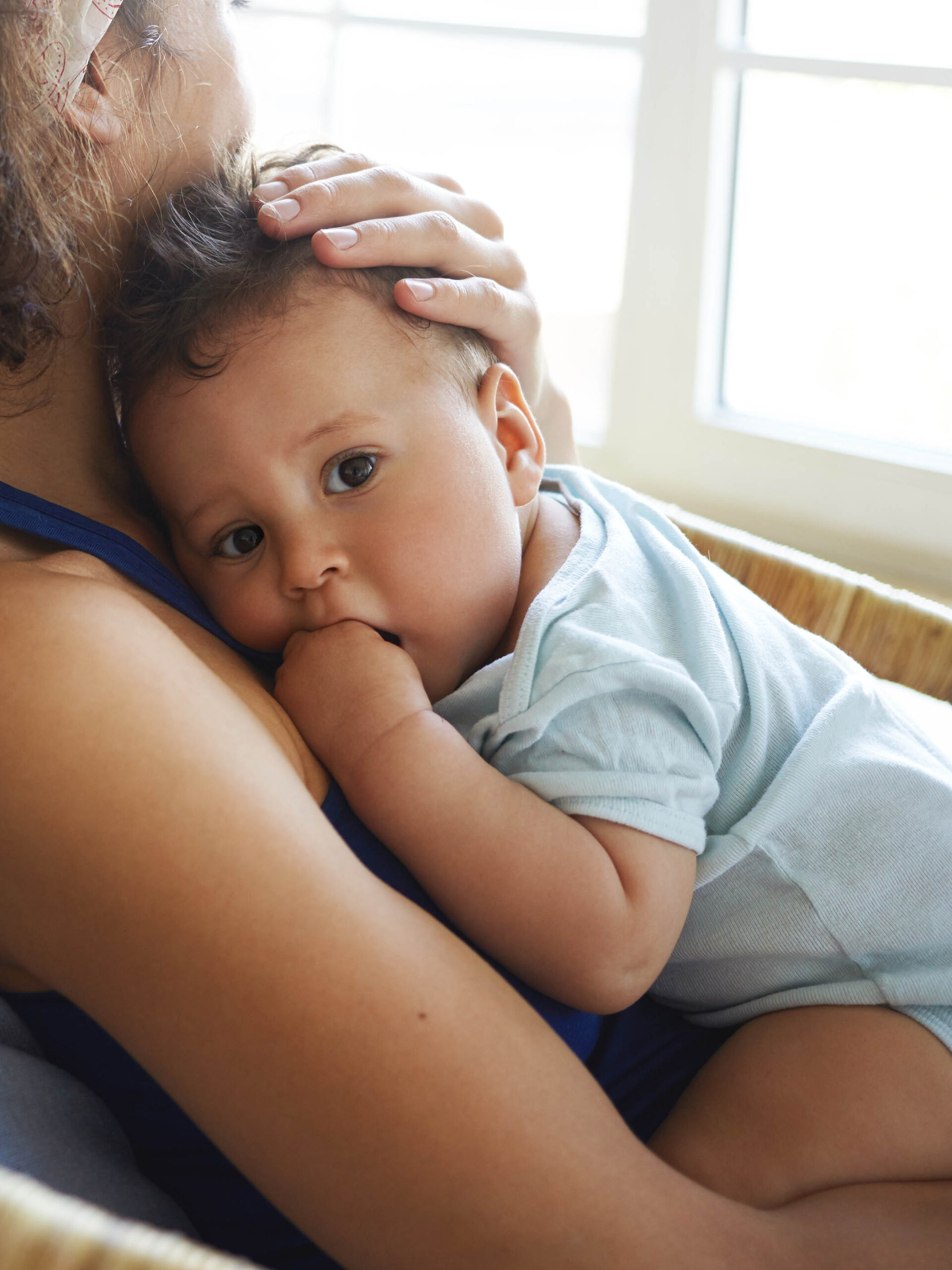
Información sobre la seguridad caídas de las ventanas
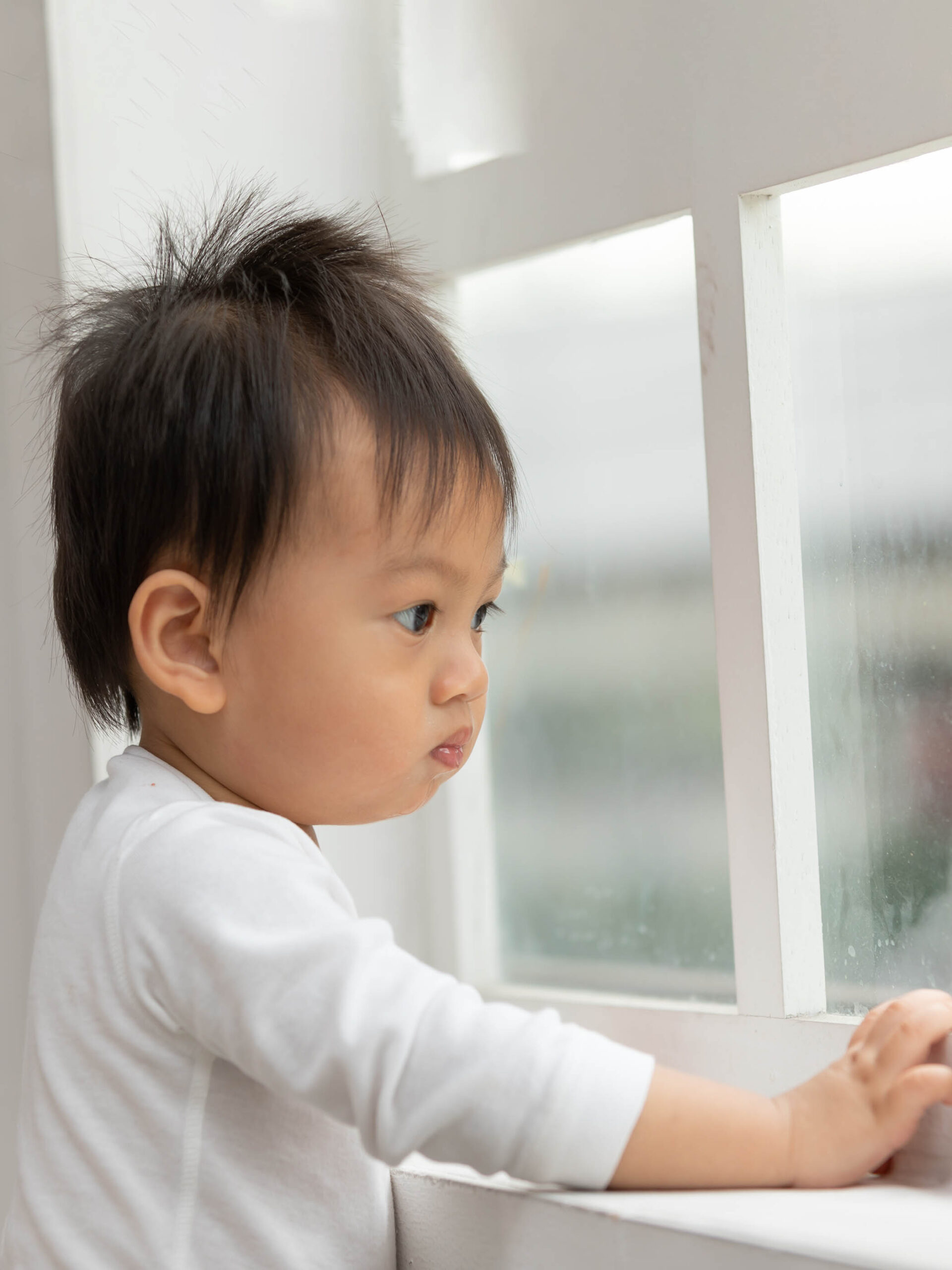
Bị Té Ngã Từ Cửa Sổ
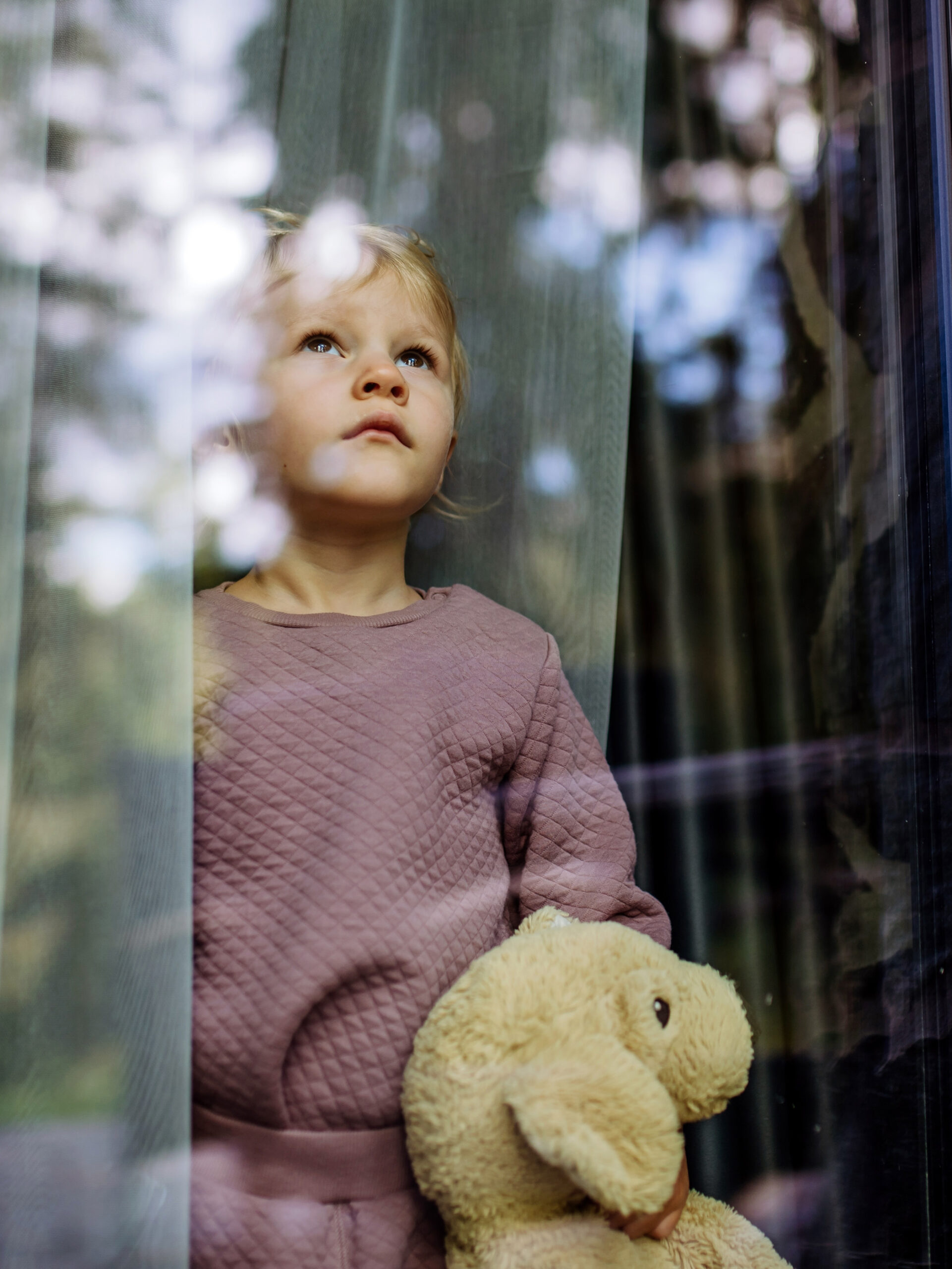
Choco’s Window Safety Tips for Kids
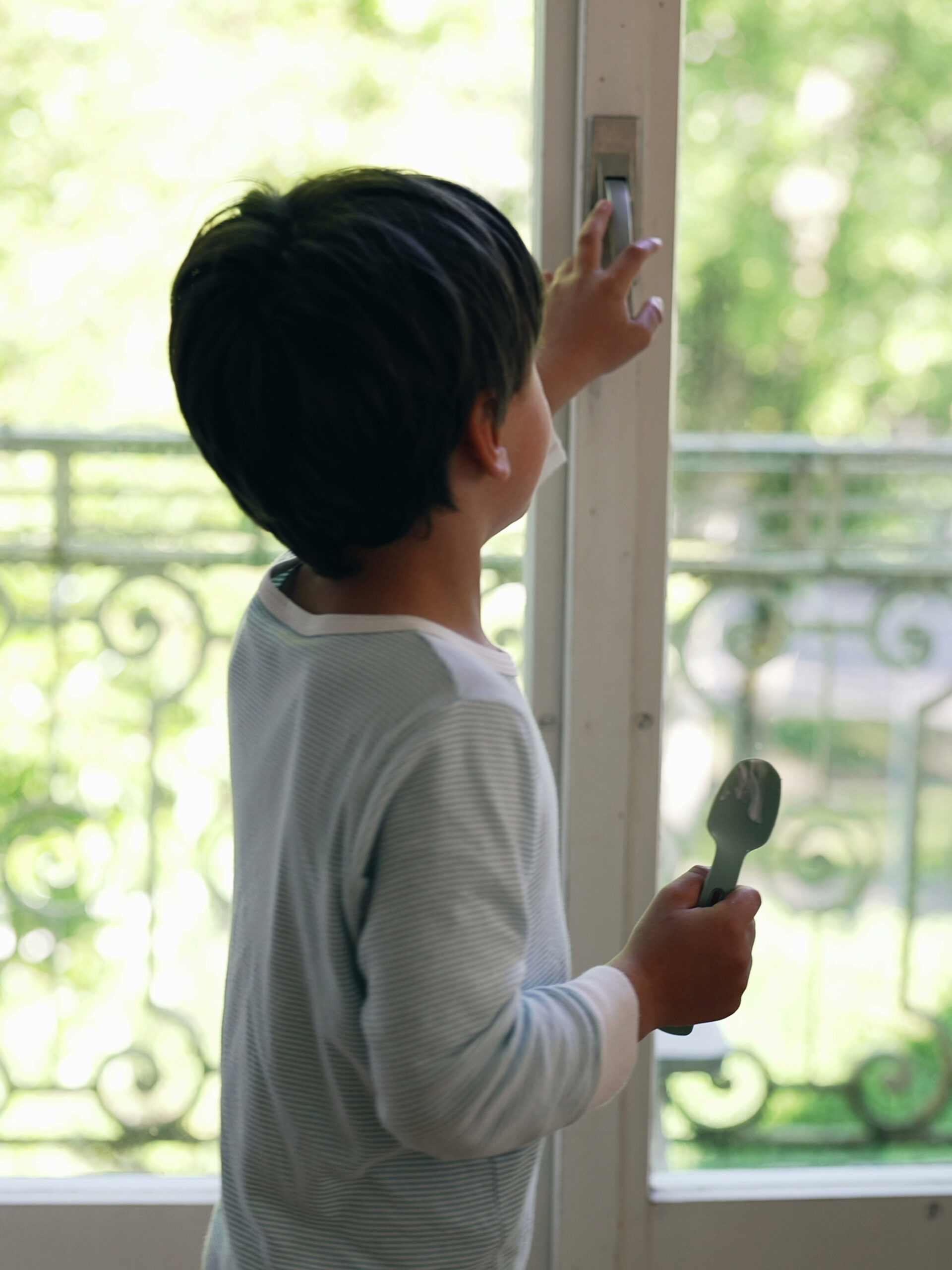
Consejos de Choco para la seguridad de ventanas
Learn more about CHOC’s Pediatric Trauma Center
A traumatic injury can happen at any time: a car accident, a fall, an animal bite. CHOC is ready to treat traumatic injuries 24 hours a day. Critically injured children from across the region are transported and transferred to CHOC for the pediatric expertise only a level 1 pediatric trauma center can provide.
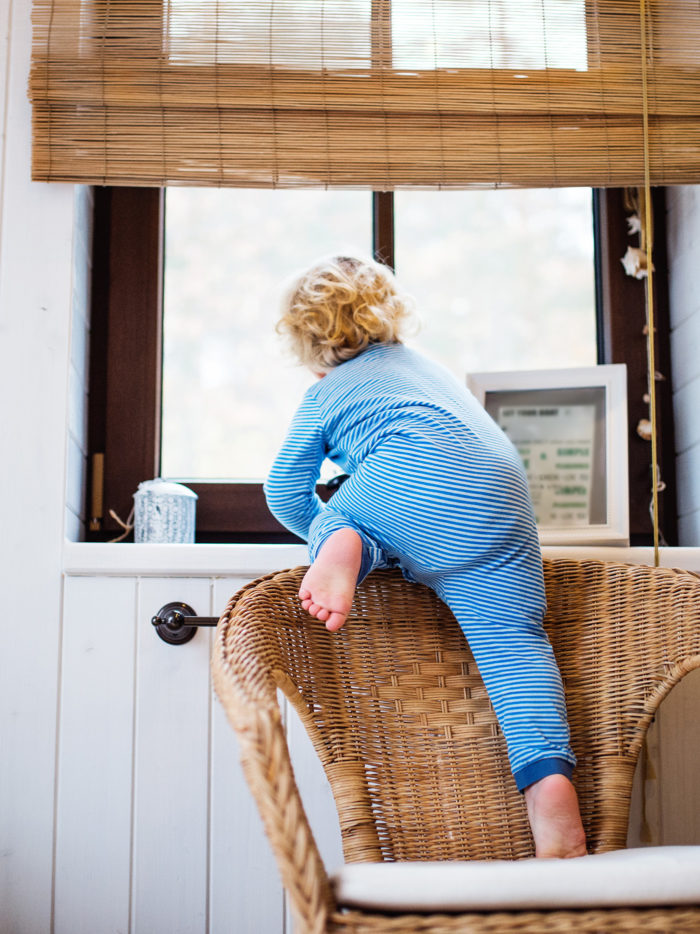
Home safety tips for the whole family
Most injuries for children up to five years old occur in or around the home because that is where they spend the most time learning and growing. Follow these home safety tips to protect children of all ages in your home.
Batteries
Keep batteries and battery-operated devices out of sight and out of reach. If your child ingests a battery, seek emergency medical attention or call the National Battery Ingestion Hotline, 202-625-3333.
Burns
Getting kids involved in cooking your family’s meals can be a great way to encourage healthy eating habits later in life, but should be done under careful supervision. Don’t hold a small child when using the stove, and always keep sharp and hot objects out of reach.
Carbon monoxide
In addition to a working smoke alarm, ensure your home has a carbon monoxide detector and check its batteries regularly.
Choking
Even when kids are old enough to start learning how to use utensils themselves, make sure food is cut into bite-size pieces. When purchasing a toy or game, take into account the size of its pieces. Keep small items such as magnets, makeup or batteries out of reach, as they could be confused for a toy or candy. Cords and strings from window blinds should also be kept out of reach to prevent choking.
Falls
Install window locks that prevent openings greater than four inches, yet could still be easily removed by an adult in the event of an emergency. Children under 10 years old should not be on a top bunk of a bunk bed. Use liners underneath rugs and in the bathtub to prevent falls. Secure-top heavy furniture to the wall. Move furniture away from windows to prevent falls.
Fire
Make a fire escape plan. Establish a place to meet in the event of a fire in your home, and remind children that getting out safely should be their first priority.
First Aid
Most parents are bound to face a small “medical emergency” at home with their child at some point, whether it’s a nasty scrape, nosebleed or bug bite. Knowing what to do and having some supplies handy can make minor injuries easier to care for when they occur.
A basic, at-home first aid kid at home should include the following supplies:
- Gauze or dressing.
- Antibiotic ointment like Neosporin, for bites, cuts, stings and scrapes. This will help keep wounds lubricated and prevent infection.
- Bandages.
- Antiseptic spray to help clean the wound.
- Tweezers to remove splinters. To remove a stinger that is still in a puncture wound, use something firm like a credit card to swipe it away.
- Non-latex gloves to keep hands clean.
- Antihistamines for minor bites or allergic reactions (talk to a medical professional for giving antihistamines to a child under the age of 2).
- Acetaminophen or ibuprofen – not aspirin – for pain.
- A water bottle in case you are somewhere that lacks clean water and you need to wash a cut.
Helmets
Younger children spend most of their time at home, including riding bikes or scooters in the driveway or neighborhood. Always make sure children wear a properly fitted helmet.
Medicine
Remind children that medicine is not candy. Medication should be stored out of reach and out of sight, and in a locked location. Keep in mind that medicine is usually stored in more places than just a medicine cabinet, and can usually also be found in a purse, nightstand, etc.

Home Safety Checklist
Print these tip sheets for quick and easy reference. Brought to you by the pediatric experts at CHOC.

Home Safety Checklist
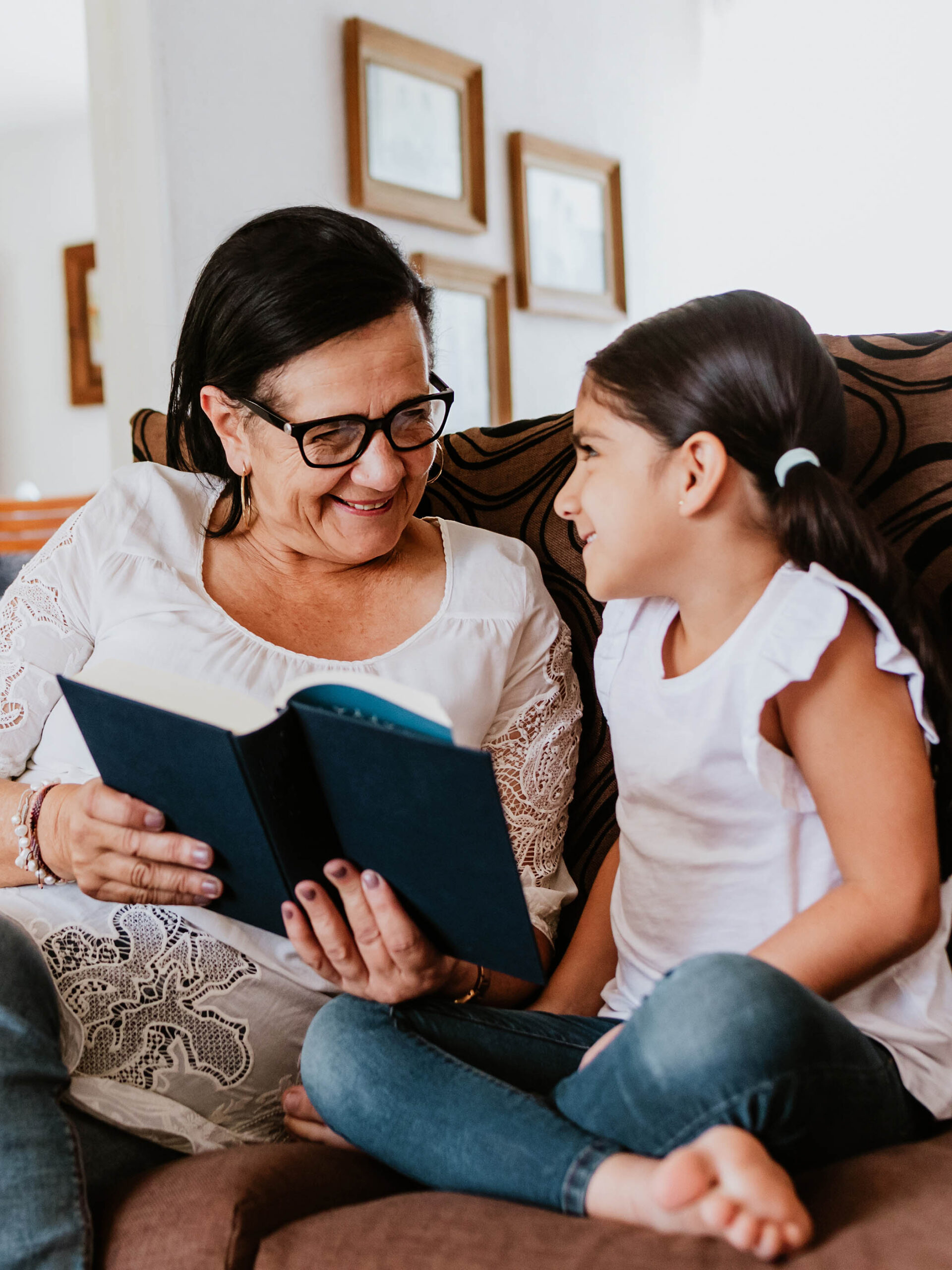
Información sobre la seguridad en el hogar
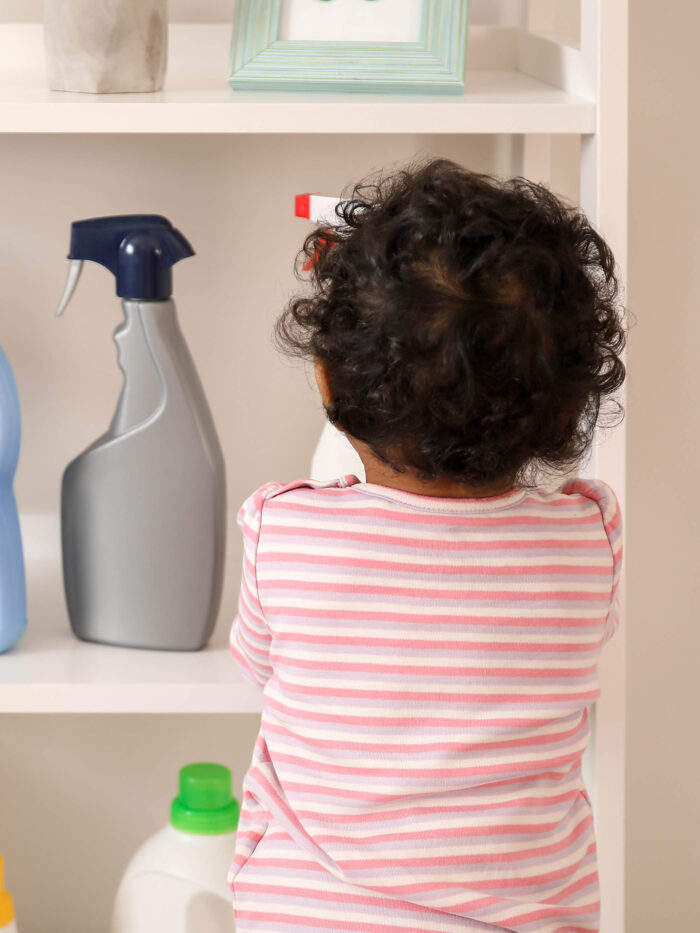
Chemical Poisoning in the Home
Many ordinary household items can be poisonous, from medicines and makeup to bug spray and cleaning products. They can tempt curious toddlers and young children who like to investigate things.
How to prevent poisoning
“Most things in the house can be a hazard for kids, and even things you might not think about can be a danger to a small child,” says Dr. Lilit Minasyan. “It’s due to the natural curiosity of toddlers and small children. Kids are mobile and can get into things. They want to put everything in their mouths.”
Prevention measures at home are critical, notes Dr. Minasyan. “You don’t want to keep cleaners and things like that under the kitchen sink. Kids can get into those cabinets easily. Lock cabinets and put everything in the higher cabinets, including household cleaning products and medications.
Give the kids one more obstacle to go through. And store all chemicals, medicines and toxic products in their original containers, not food containers or soda bottles from which kids will want to drink.” Dr. Minasyan also advises checking your garage for dangerous substances like antifreeze (which looks like a green sports drink) so they can be locked up, too.
What to do in case of accidental poisoning
For help, call the nationwide poison control center at 1-800-222-1222. The line is open 24 hours a day, 7 days a week.
Dr. Minasyan suggests memorizing this number, programming it into your cell phone, and placing it near every landline telephone in your home. Parents should not hesitate to call the center for help or advice if they think their child has been poisoned, even if they are awake and alert. Call 911 if your child has collapsed or is not breathing.
Featured pediatric expert

Dr. Lilit Minasyan
CHOC Pediatric Emergency Physician
EDUCATION:
Saint Louis University School of Medicine
BOARD CERTIFICATIONS:
Pediatrics
Pediatric Emergency Medicine
Dr. Lilit Minasyan works in the Emergency Department at CHOC. She completed her internship and residency at Children’s Hospital Los Angeles and a fellowship in pediatric emergency medicine at Loma Linda University Medical Center. Dr. Minasyan enjoys training medical residents in various subjects involving pediatrics and emergency medicine. She also recently completed a term on CHOC’s Medical Executive Committee.
Learn more about CHOC’s Pediatric Trauma Center
A traumatic injury can happen at any time: a car accident, a fall, an animal bite. CHOC is ready to treat traumatic injuries 24 hours a day. Critically injured children from across the region are transported and transferred to CHOC for the pediatric expertise only a level 1 pediatric trauma center can provide.
Home and Window Safety Resources
Safety guides
- Bike and helmet safety guide
- Car and travel safety
- Sun safety and skin protection guide
- Home and window safety guide
- Water safety and drowning prevention
Additional Resources
Safety Education Classes
CHOC’s community education department offers a variety of classes and programs designed to keep you and your child safe and healthy, including:
- School programs that can be brought to your school or group at no cost
- Safe Sitter, a nationally accredited childcare course
- “Three Tragic Seconds” drowning prevention program
- Child passenger safety class
The guidance on this page has been clinically reviewed by CHOC pediatric experts.
For more health and wellness resources from the pediatric experts at CHOC:
Sign up for the Kids Health newsletter.
The contents of this webpage, including text, graphics, audio files, and videos (“Materials”), are for your general information only. The Materials are not intended to substitute qualified professional or medical advice, diagnoses, or treatments. CHOC does not recommend or endorse any specific tests, physicians, products, procedures, or other information that may be mentioned on or linked to this webpage. Always call your physician or another qualified health provider if you have any questions or problems. If you think you may have a medical emergency, call your doctor, go to the nearest emergency department, or call 911.
For more health information for your family visit health.choc.org



